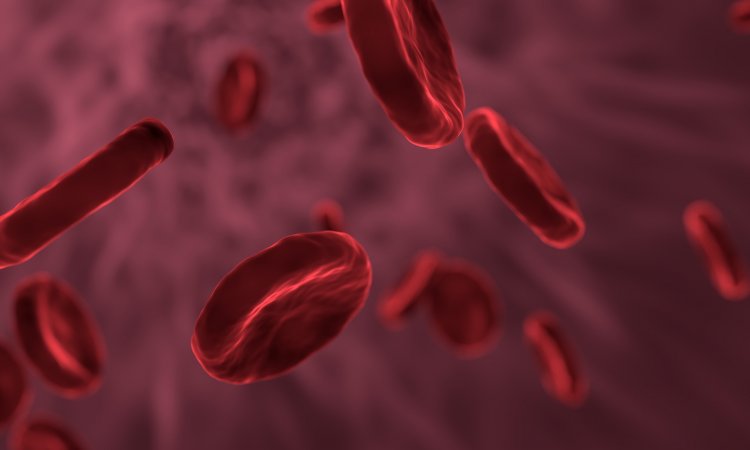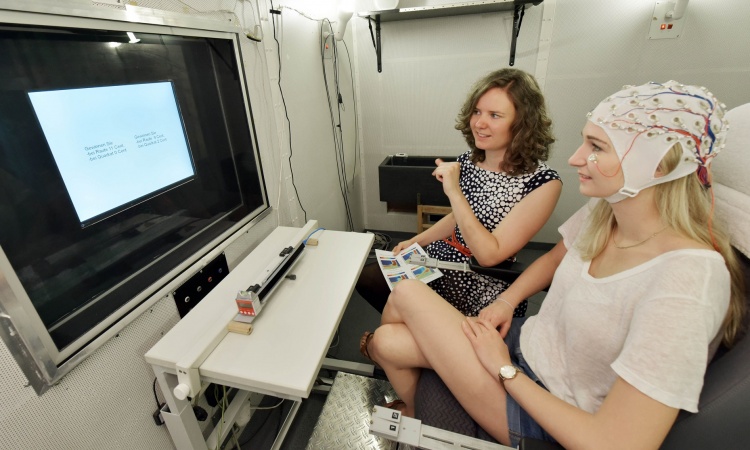Behavioral study
New understanding for autism through eye tracking
New research has uncovered compelling evidence that genetics plays a major role in how children look at the world and whether they have a preference for gazing at people’s eyes and faces or at objects. The discovery by researchers at Washington University School of Medicine in St. Louis and Emory University School of Medicine in Atlanta adds new detail to understanding the causes of autism spectrum disorder.

The results show that the moment-to-moment movements of children’s eyes as they seek visual information about their environment are abnormal in autism and under stringent genetic control in all children. “Now that we know that social visual orientation is heavily influenced by genetic factors, we have a new way to trace the direct effects of genetic factors on early social development, and to design interventions to ensure that children at risk for autism acquire the social environmental inputs they need to grow and develop normally,” said lead author John N. Constantino, MD, the Blanche F. Ittleson Professor of Psychiatry and Pediatrics at Washington University. “These new findings demonstrate a specific mechanism by which genes can modify a child’s life experience. Two children in the same room, for example, can have completely different social experiences if one carries an inherited tendency to focus on objects while the other looks at faces, and these differences can play out repeatedly as the brain develops early in childhood.”
The researchers studied 338 toddlers ages 18 to 24 months using eye-tracking technology, developed at Emory, allowing them to trace young children’s visual orientation to faces, eyes or objects as the children watched videos featuring people talking and interacting. The children included 41 pairs of identical twins — such twins share 100 percent of their DNA — and 42 sets of fraternal twins — who share only about 50 percent of their DNA. In addition, the researchers studied 84 unrelated children and 88 children diagnosed with autism spectrum disorder. Each twin was tested independently, at different times, without the other twin present.
Strong genetic influence revealed
How much one identical twin looked at another person’s eyes or face was almost perfectly matched by his or her co-twin. But in fraternal twins, eye movements in one twin accounted for less than 10 percent of the variation in the eye movements of his or her co-twin. Identical twins also were more likely to move their eyes at the same moments in time, in the same directions, toward the same locations and the same content, mirroring one another’s behavior to within as little as 17 milliseconds. Taken together, the data indicate a strong influence of genetics on visual behavior.
“The moment-to-moment match in the timing and direction of gaze shifts for identical twins was stunning and inferred a very precise level of genetic control,” said Constantino, who directs the William Greenleaf Eliot Division of Child and Adolescent Psychiatry at Washington University. “We have spent years studying the transmission of inherited susceptibility to autism in families, and it now appears that by tracking eye movements in infancy, we can identify a key factor linked to genetic risk for the disorder that is present long before we can make a clinical diagnosis of autism.”
Effects persisted as the children grew
When the twins were tested again about a year later, the same effects were found: Identical twins remained almost perfectly matched in where they looked, but fraternal twins became even more different than they were when initially evaluated. “Studies like this one break new ground in our understanding of autism spectrum disorder: Establishing a direct connection between the behavioral symptoms of autism and underlying genetic factors is a critical step on the path to new treatments,” said Lisa Gilotty, PhD, chief of the Research Program on Autism Spectrum Disorders at the National Institute of Mental Health, which provided support for the study in tandem with the Eunice Kennedy Shriver Institute of Child Health and Human Development. Those new treatments could include interventions that motivate very young children to focus their gazes more on faces and less on objects.
Source: Washington University in St. Louis
13.07.2017











